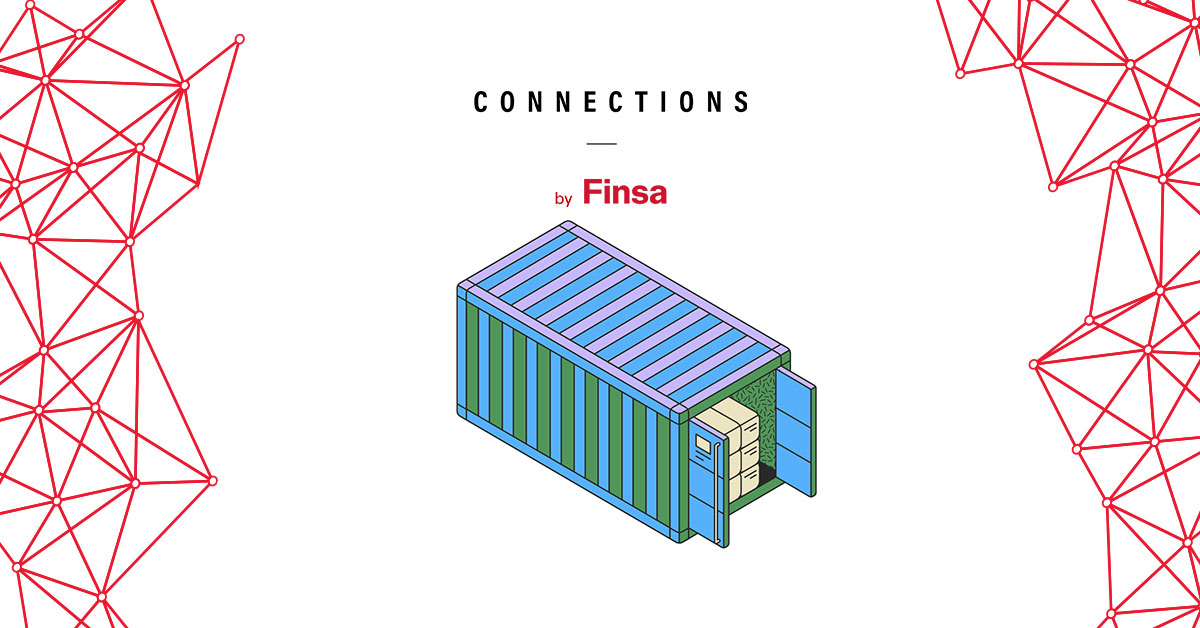On the streets, in vertical design, in a World War II bunker, on rooftops around the world. The new urban gardens encourage the sustainable consumption of zero-kilometre fruit and vegetables. We select some of the strangest and most surprising:

Growing crops vertically for lack of space
In Singapore, the smallest country in Southeast Asia, only 1% of the land is cultivated and 90% of the food needed is imported. That is why urban gardens abound and, in fact, there are more than 10,000 producers in this city-state that grow a quarter of the vegetables consumed. Vertical farming is proliferating thanks in large part to supportive public policies and to private initiative.
Ver esta publicación en Instagram
But it is in Dubai that the world’s largest vertical vegetable garden is located. Next to Al Maktoum International Airport is a three-storey mega stands, with the capacity to produce more than a thousand tonnes of vegetables a year using a system that saves land, energy and water. According to its owners, Emirates Crop One, which has invested 40 million dollars in the facility, their crops need 95% less water than traditional agriculture. Everything is controlled through artificial intelligence. The company aims to serve its vegetables on board all Emirates planes and in supermarkets throughout the country.
Ver esta publicación en Instagram
The European Union itself is promoting a project of vertical home gardens – called PERNUG, an acronym for PERsonalised NUtrition through kitchen Gardens – to promote personalised nutrition and reduce dependence on industrial agriculture and, with it, greenhouse gas emissions.
Incredible edible in public spaces
Pamela Warhurst, a resident of Todmorden in the north of England, wanted to improve life in her town, promote local food consumption and make the environment more pleasant. She thought that food, healthy eating, could connect all the residents. In 2008, she started creating community organic gardens, cultivating vegetables, fruit and herbs in public spaces of Todmorden, treating them like ornamental plants. These spaces included the entrance of the police station, the public library, the fire station, as well as street planters and flowerbeds.
Thus the Incredible Edible project was born, which has gained more and more followers across the country. The neighbourhood takes care of the gardens and everyone is welcome to harvest. Surprisingly, there is no vandalism or looting because people take pride in their work as farmers.
Ver esta publicación en Instagram
Tomatoes with a view of the Eiffel Tower
The largest urban rooftop garden in Europe is located in Paris, specifically in Pavilion 6 of the Exhibition and Conference Centre (Expo Porte Versailles). Over 30 types of vegetables (including tomatoes, strawberries and herbs) are ecologically cultivated on this 14,000-square-metre green roof, situated 15 metres high, overlooking the Eiffel Tower.
The design of this impressive greenhouse, which produces a thousand kilos of seasonal fruit and vegetables a day, is the work of the companies Agripolis and Cultures en Ville. It features rentable 140 plots, a restaurant and employs around twenty gardeners who use aeroponics and hydroponics as growing techniques. It is not uncommon to see a vegetable garden in the heart of the French capital, as it should be remembered that between the two World Wars, leeks were planted in the courtyard of the Louvre.
Ver esta publicación en Instagram
But there are more examples of rooftop farming in other major cities. There is the City Farm de Tokio (specialised in Japanese vegetables and rice) and Brooklyn Grange, the largest urban rooftop garden in New York (all organic and exclusively for local restaurants):
Ver esta publicación en Instagram
And there is also the rooftop garden installed by Wellington Hotel in Madrid (where they are preserving local tomato varieties and cultivating vines); Barcelona is another city with green roofs, being a pioneer in permaculture – a term coined in the late 1970s that encompasses concepts such as agriculture, bio-construction, economy, renewable energies and natural water treatment. Its main advocate in Barcelona is the urban farmer Joan Carulla. He is called “the grandfather of green roofs” and “the farmer of rooftops”, as he has been cultivating vegetables and around 30 fruit trees on his 140-square-metre terrace for over 50 years. He waters his plants with rainwater and harvests around 100 kilograms of grapes annualy, along with loquats, potatoes, peppers and tomatoes.
Ver esta publicación en Instagram
Ver esta publicación en Instagram
In a bomb-proof shelter
Intact as it was on the first day, although with a completely different purpose then before. The Clapham anti-aircraft shelter in London, dating back to the time of World War II, has been transformed into an underground urban garden since 2015. Located 33 metres below ground level, it now cultivates arugula, cilantro, peas, fennel, radishes, wasabi sprouts, broccoli, and other plant species.
Steven Dring and Richard Ballard invested one million euros in their project, which they named Growing Underground. Today they generate over 70,000 euros in monthly revenue and have plans to open more underground gardens. In the cultivation chamber, pink LED lights are used to simulate daylight during the night ,saving energy. The temperature remains stable throughout the year (between 14 and 16 degrees Celsius) and hydroponic methods are employed. The sprouts and salads are packaged within the shelter and distributed to supermarkets and restaurants in the area, as well as the stalls in Borough Market. By being zero-kilometre food, it minimises the pollution associated with transport and promotes job creation in the community.
Ver esta publicación en Instagram
Don’t miss our analysis of the new ways of growing food: floating and underwater gardens… A solution to the world’s food supply to which we can contribute from the habitat.




